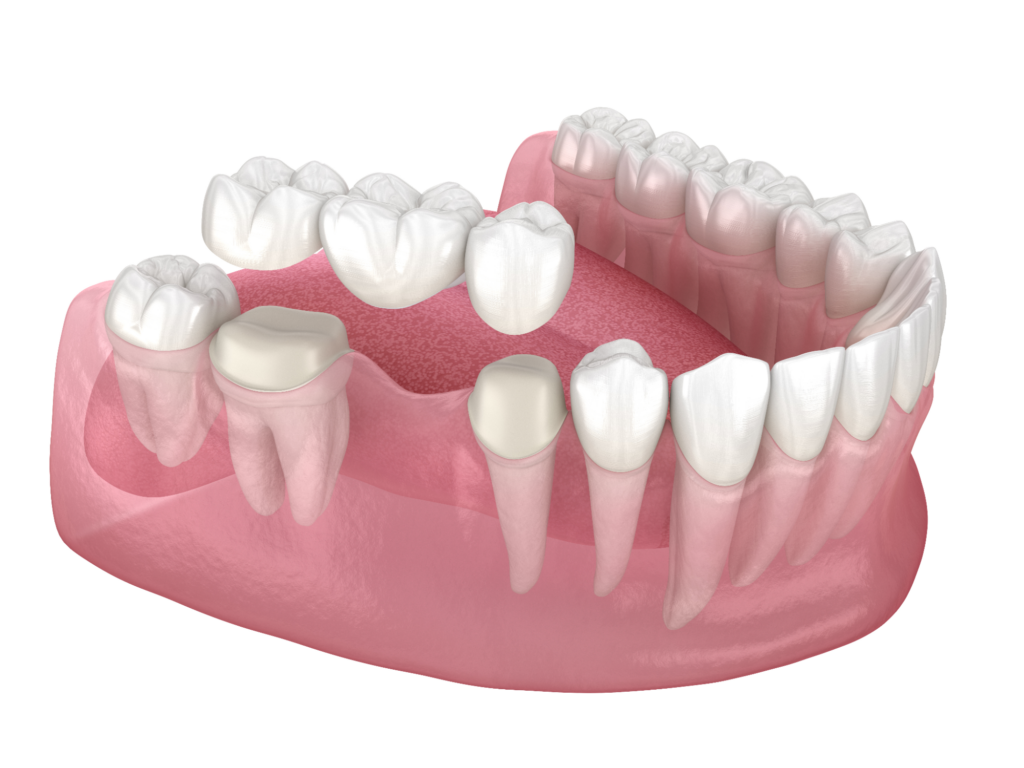A healthy mouth isn’t just about having pearly white, strong teeth, it’s also about your gums. Some people overlook their gums but it’s important to keep them healthy to avoid gum disease. One of the leading reasons for tooth loss in adults is gum disease. Keeping your gums healthy has a significant impact on your overall oral health.
In this article, we discuss four steps for achieving and maintaining healthy gums.
How do I know if I have healthy gums?
Healthy gums should be firm and pink. They should appear full, and not receding from your teeth.
Visiting your dentist regularly is important to ensure that any signs of unhealthy gums are picked up on and treated in a timely manner.
Some symptoms of unhealthy gums to look out for can include:
- Redness
- Swelling
- Soreness when you touch your gums
- Bleeding when you brush your teeth
- Receding gum line
- Loose or wobbly (permanent) teeth
- Bad breath or taste in your mouth that won’t go away
There are a few factors that contribute to unhealthy gums:
- Poor oral hygiene
- Poor nutrition
- Smoking and tobacco use
- Certain medications
- A weakened immune system because of an existing medical condition
Not all of these factors can be avoided, but some can! Keep reading to discover ways you can achieve and maintain healthy gums.
4 steps to healthy gums
There are many simple things you can do to achieve and maintain healthy gums. The key to healthy gums is keeping up with a good oral hygiene routine. If you’re worried about the health of your gums, you should see a dentist as soon as possible. Here are four steps to healthy gums:
1. Brush your teeth
One of the most important steps in maintaining healthy gums is brushing your teeth twice a day. You should aim to brush your teeth for a full two minutes. Brushing your teeth removes food debris, bacteria and plaque that is stuck to your teeth. Don’t forget to brush your tongue as well, it can hold a lot of bacteria.
Your toothbrush should be soft (unless instructed otherwise by your dentist) as this protects your delicate gums. You may consider trying out an electric toothbrush as some find it easier to get an effective clean than when using a manual one. Don’t forget to replace your toothbrush or electric brush head every three to four months.
2. Clean between your teeth
Flossing is an important step that is often overlooked. You should aim to floss your teeth once a day, it can remove any bits of food or plaque in between your teeth that your toothbrush missed. You can do it at any time of day, so pick a time that suits you and make it a habit. The more you do it, the easier it becomes and soon it is a part of your routine. You can even carry around little floss picks in your bag to clean your teeth between meals.
If the space between your teeth is too large for floss then you can try an interdental brush. This is a little brush with short bristles on the end which fits between your teeth. Interdental brushes are great for removing plaque. They usually come in handy packs from the chemist. If you’re not sure which method, flossing or interdental brushing, is right for you, then ask your dentist. Some people even use a combination of both.
3. Use mouthwash
A rinse with mouthwash can help to remove any lingering food particles and bacteria. It can help to reduce the speed of plaque build-up. Choose a mouthwash that is fluoride-based for extra protection. You can use mouthwash at any time during the day, but it is not a substitute for brushing or flossing. You need to do all three steps to get the ultimate oral health benefits.
4. Visit your dentist regularly
Even with the above four steps, you should still see your dentist every six to nine months, or as recommended, for a check-up and professional clean. Your dentist has specialised equipment that gives your mouth and teeth a thorough clean. This equipment can remove plaque that a normal toothbrush cannot. Your dentist can also take X-rays for an in-depth examination of your teeth.
They can spot any early signs of gum disease or other dental issues. Gum disease can be treated more easily in its early stages.
The Dental Family Beaumaris is here to help
Maintaining healthy gums is all about forming good oral hygiene habits. If you need some extra help, then come to The Dental Family Beaumaris. We are dedicated to our patients’ oral health. We can provide you with the knowledge and tools you need to have healthy gums and teeth. Give us a call to book an appointment.


